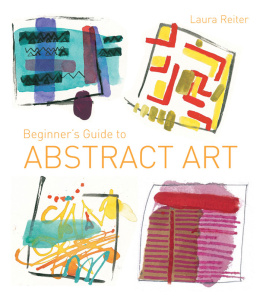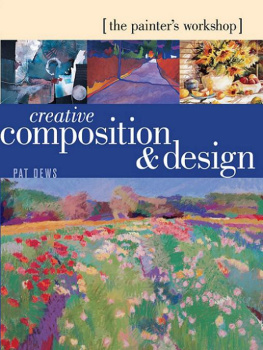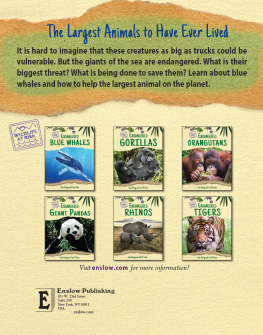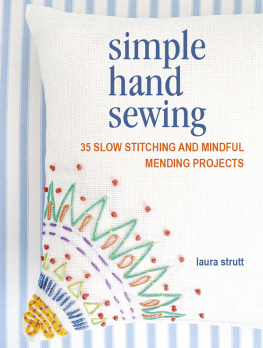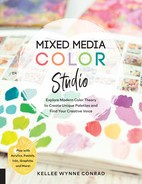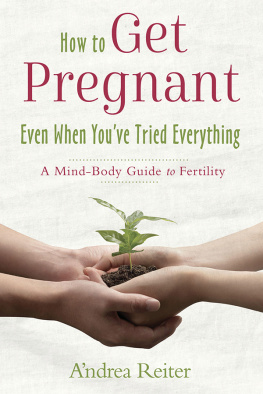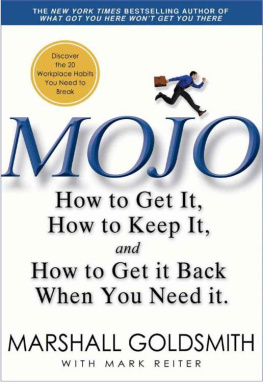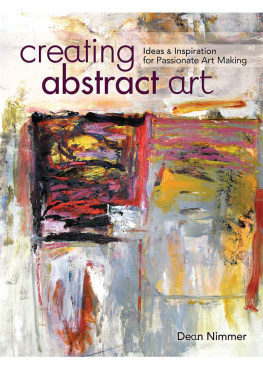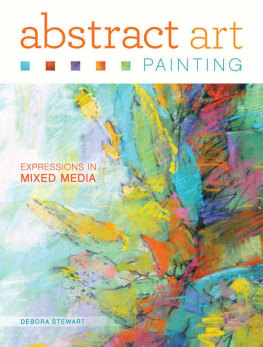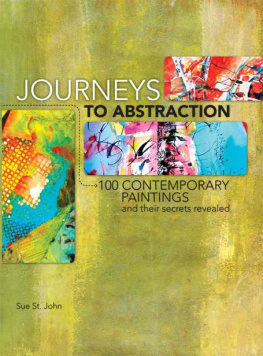Beginners Guide to
ABSTRACT ART

Beginners Guide to
ABSTRACT ART
Laura Reiter

CONTENTS

SUNGATE
Mixed media on canvas, 31 x 31cm (12 x 12in)
I visited some ancient ruins in a place called Tiwanaku in Bolivia. You could look through this archway with its carved figures and feel the spirit of the people who had once lived there.
INTRODUCTION
Wassily Kandinsky, the so-called father of abstraction, famously declared: There is no must in art because art is free. This is, indeed, an inspiring and noble thought, but finding this freedom can seem like a daunting task. I hope that this book will help you to find your way how to produce what lies beneath a subject, not just what it appears to be on the surface. It will show you different materials and how you can use them, suggest ideas and starting points, and describe potential projects, which will help you to get results that are surprising, personal and exciting.
So what exactly does painting accessible abstracts actually mean? Thanks to the innovative artists of the past, artists of today can paint a multitude of subjects landscapes, people, still lives and can make paintings about thoughts and ideas. In fact, anything and everything is acceptable in art today.
THE EMERGENCE OF ABSTRACT PAINTING
The late 19th and the 20th centuries saw art change at an enormous rate, beginning with the Impressionists and Post Impressionists (such as Manet, Renoir, Monet and Cezanne) who, after the invention of photography, found themselves no longer responsible for reproducing a record of the real world. Instead, they were set free to improvise in their work, focusing on colour, light and emotion. Subsequently, other groups began to emerge the Fauvists (such as Matisse and Derain) and then the Cubists (such as Picasso, Braque and Leger). More artists followed, and in the 1940s the Abstract Impressionists emerged in New York. This group, which included Mark Rothko, Hans Hofmann, Robert Motherwell and Jackson Pollock, changed painting forever, making way for artists to become experimental. Whereas in the past, art had originated from the outside, using the real world as starting points, now it became acceptable for artists to paint from within, concentrating on expressing themselves in the actual process of painting.
Thanks to all these painters, printmakers and sculptors, we artists today can be as abstract, inventive, innovative and expressive as we wish theres a place for everyone.
WHO IS THIS BOOK FOR?
Everyone knows the word abstract and that it is associated with a type of art. This book is for students and artists who feel that they would like to move on with their work, to try to paint abstract paintings, and who want to explore ways to be more personally adventurous and expressive but are not quite sure how to do this.
Many of my students say to me: Ive got no imagination or Im really not creative in my work. I will show you how, by being adventurous and taking some risks, by experimenting with different materials and techniques, and by following some simple projects, there are many ways in which you can learn to paint abstract paintings. If you can try sometimes to think outside the box it is possible to find this creativity and imagination it just needs to be released.
Each chapter will take you on a personal journey to new and exciting possibilities, encouraging you to keep moving and make new discoveries. This book will help you to experiment with old and new materials, to be prepared to try out new ideas, to work from outside and from internal sources, so that in time you will be able to use these ideas in ways that are entirely personal to you.
Good luck. Enjoy the journey and keep in mind the following Chinese proverb: To get through the hardest journey, we need to take one step at a time but we must keep stepping.

| HOW ABSTRACT DO YOU WANT TO GO? |
All good paintings, be they figurative or abstract, have an abstract element, although it is more obvious in some cases than others. Paintings are not just painted they must be designed within the rectangle of the picture plane. Their design can be described as the understructure and concerns the colour, shapes and lines that are used to create the whole. If you turn a realistic painting upside down, it is possible to read it in terms of these elements. By doing this, you are not only less likely to be influenced by the reality of the objects, but you will also be able to see if they relate to each other and to the edges of the rectangle (the world in which they are living). Try doing this with a painting by Edgar Dgas, for example, who was a realistic painter but also a master of design.

FISHING BOATS AT ESSAOUIRA
Mixed media on paper, 31 x 31cm (12 x 12in)
Essaouira is a fishing village in Morocco. Its harbour was jam packed with blue painted boats all lined up next to each other, reflecting the blue sky, and contrasting with the coloured nets and light sand-coloured buildings.
HOW DO YOU BEGIN?
If a painting is to be successful, the viewer must understand exactly what the artist has tried to say. For some artists, it is important to describe, in detail, all the contents of a painting, so if it is a still life, all the objects will appear as realistic as possible. However, do remember that since this is a painting of the objects and not the objects themselves, we are already one step away from reality.
Even in this scenario, the artist will have decided such things as which object is the most significant, or if the relationship between two of the objects is paramount. This will become the focal point of the painting, and the artist will set about making it more important by, say, making it central in the picture, or having other objects pointing towards it. To create a picture that is more to do with the essence of the subject, the artist they may begin to eliminate details and emphasize aspects such as colour or pattern. Now the artist is beginning to abstract.
WHAT ELEMENTS DEFINE AN ABSTRACT PAINTING?
Contrary to public opinion, it is possible to go a little bit abstract, or a bit more abstract or, indeed, go the whole way and be completely abstract.
What this chapter will explore is how, when and why you might decide to create an abstract picture, be it very much or only a little bit. A painting that has been abstracted in some way, or which is a completely abstract creation, is, like all other paintings, an object or entity in itself only more so.

Next page
